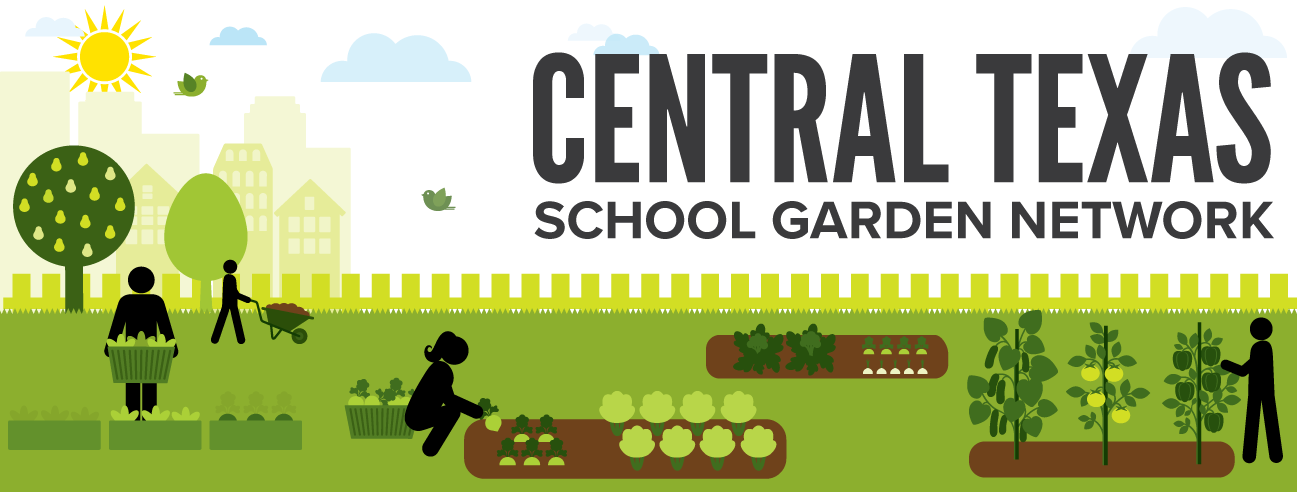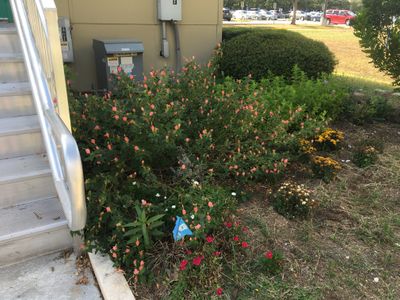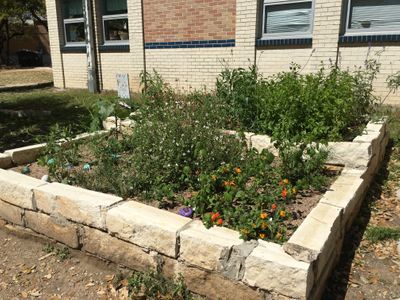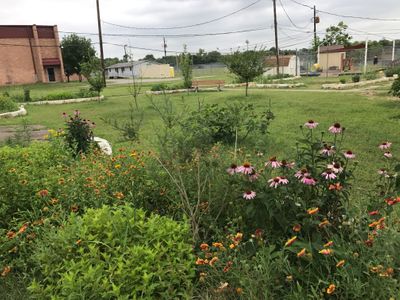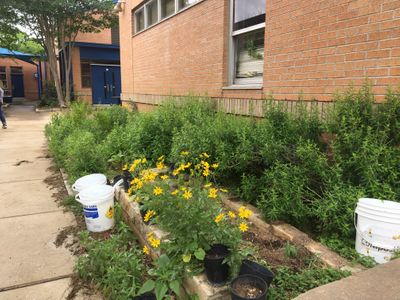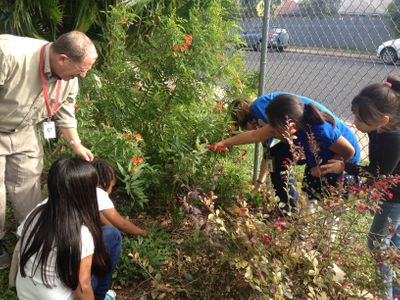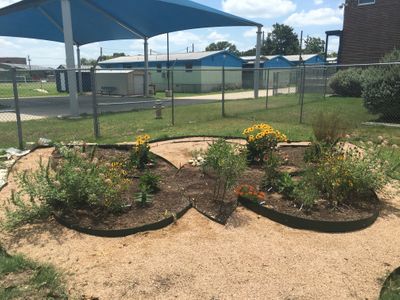Pollinators
Looking for HONEY BEES? Please refer to the Domesticated Animals section under Projects and Examples.
What are pollinators?
A Pollinator Habitat Garden is one that makes a home for native bees, butterflies, beetles, moths, and hummingbirds (for information on honey bees, refer to the Domesticated Animal section). Providing pollinator habitat on school grounds gives school children the opportunity to observe the natural world and participate in citizen science efforts. Students are engaged in a place-based exploration of their local habitat to design and plan out the habitat, culminating in planting, and observing.
So how can your school and your students implement the five key...
moreGetting started
Getting started with pollinators can be as easy as planting season flowers to attract bees and butterflies. From there, you can plant perineal shrubs that bloom in different season as well as creating habitats like domestic bee and bat houses.
moreMaintenance
Maintaining a native pollinator habitat garden includes pruning, weeding, and possibly seasonal planting. The first 2-3 years after installation are the most critical and labor intensive time for maintenance. During this time, water regularly. As plants mature, you will only need to water during times of excessive drought. Build a strong team to help, and try to include the school maintenance staff. Include signage that defines your wildlife area to avoid mowing or other issues. Also consider creating a compost pile. Soil produced will help reduce future costs and give you a place to put...
moreUsing & teaching
Curriculum connections are on-going when building and maintaining pollinator gardens.
Below are GENERAL curriculum resources that support the use of schoolyard and pollinator habitat gardens:
- NWF Schoolyard Habitat How-To Guide – Free, K-12, with specific lessons geared primarily to grades 9-12.
- TPWD School Habitat Guide – Free, no specific lessons, but great...
